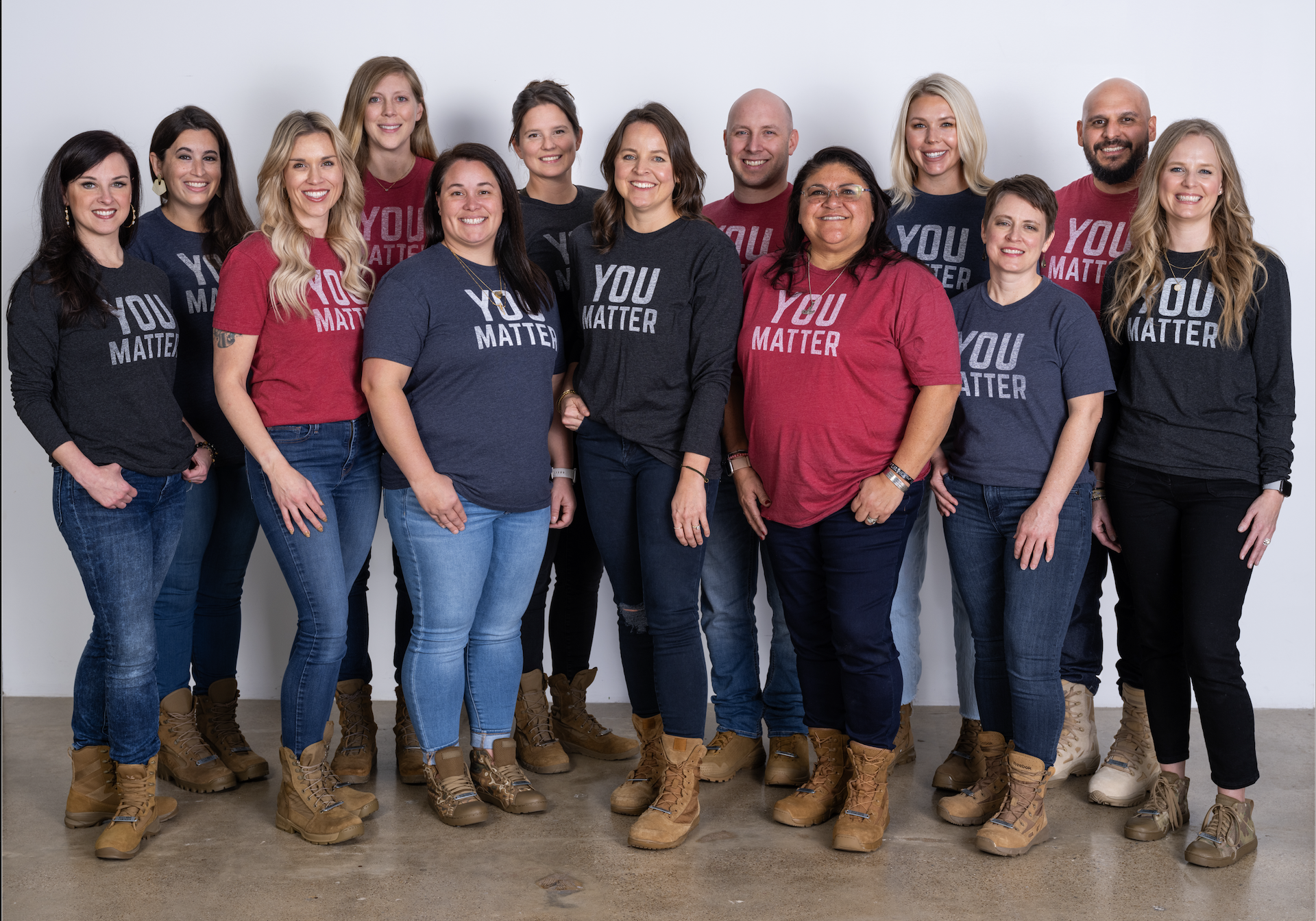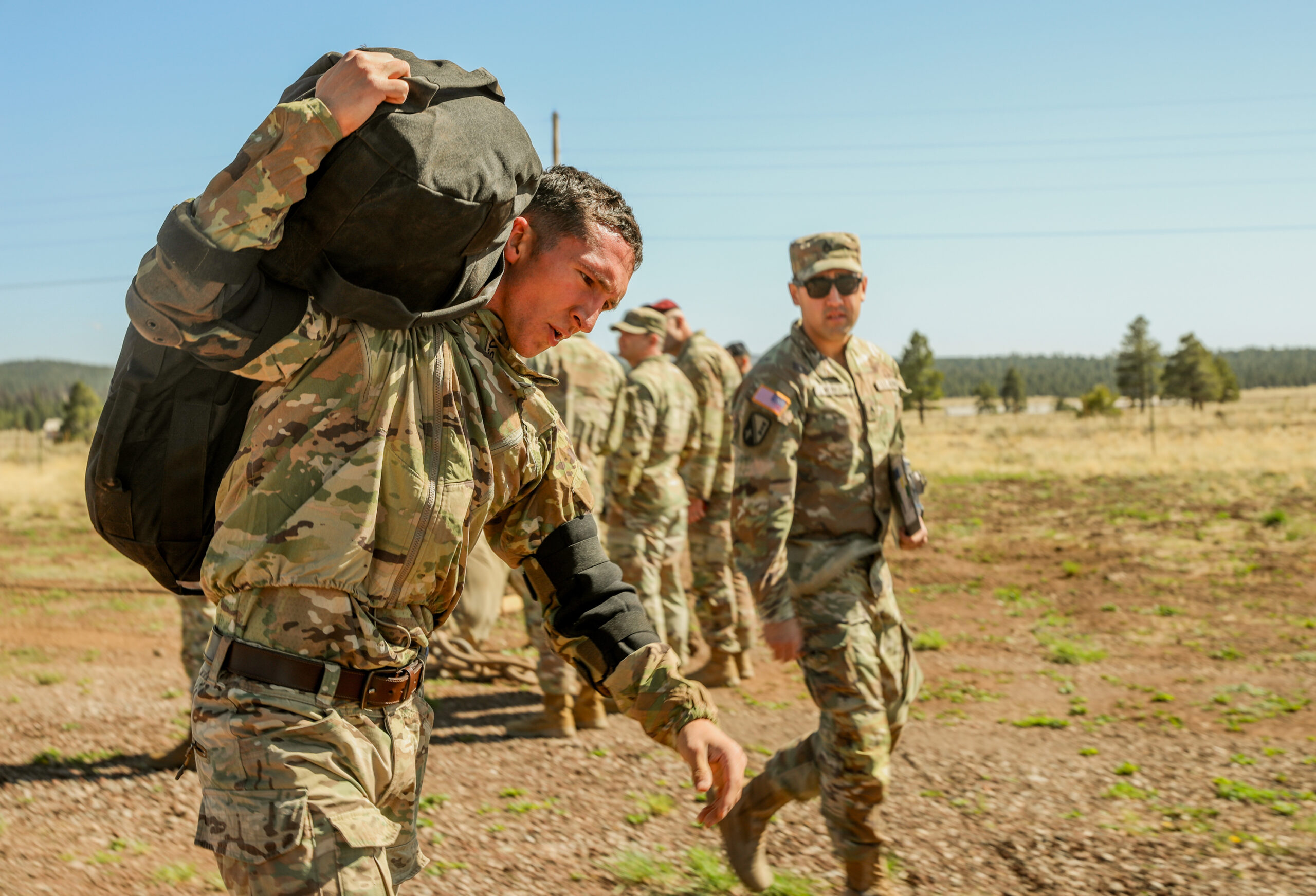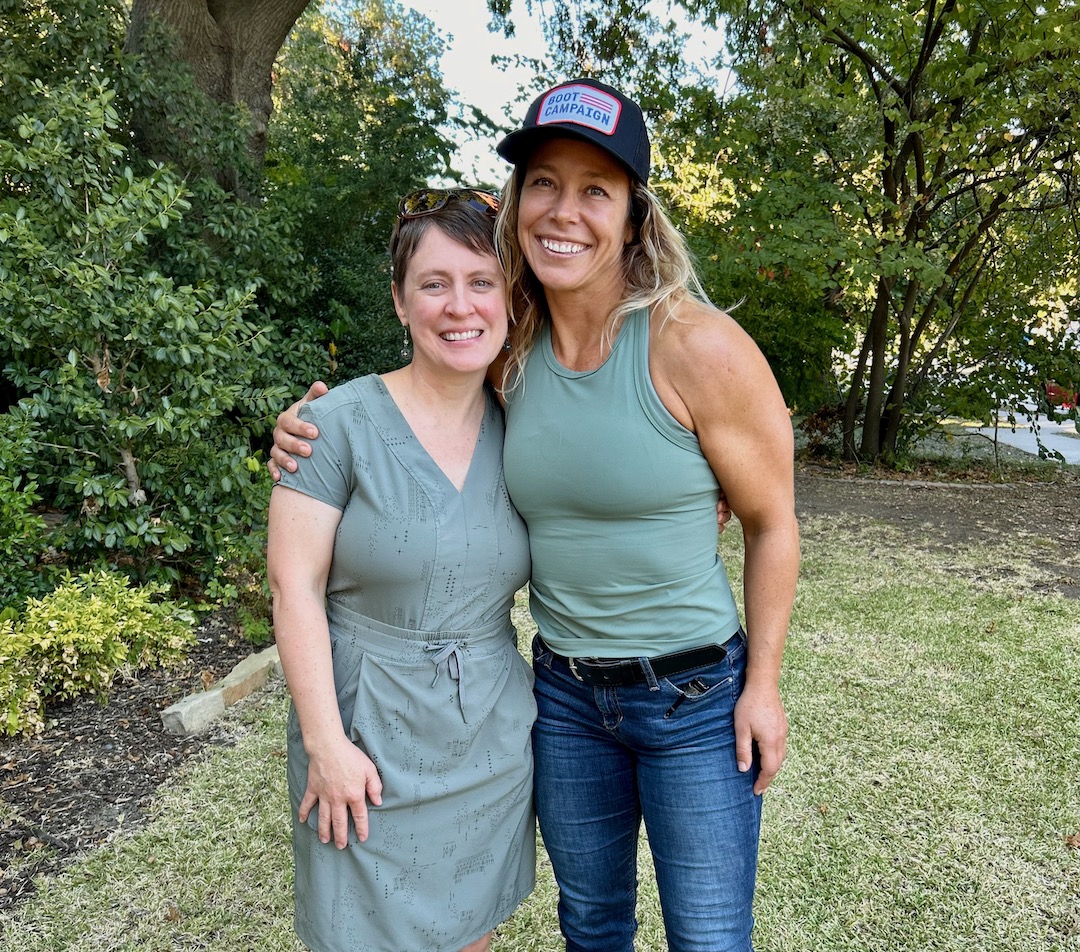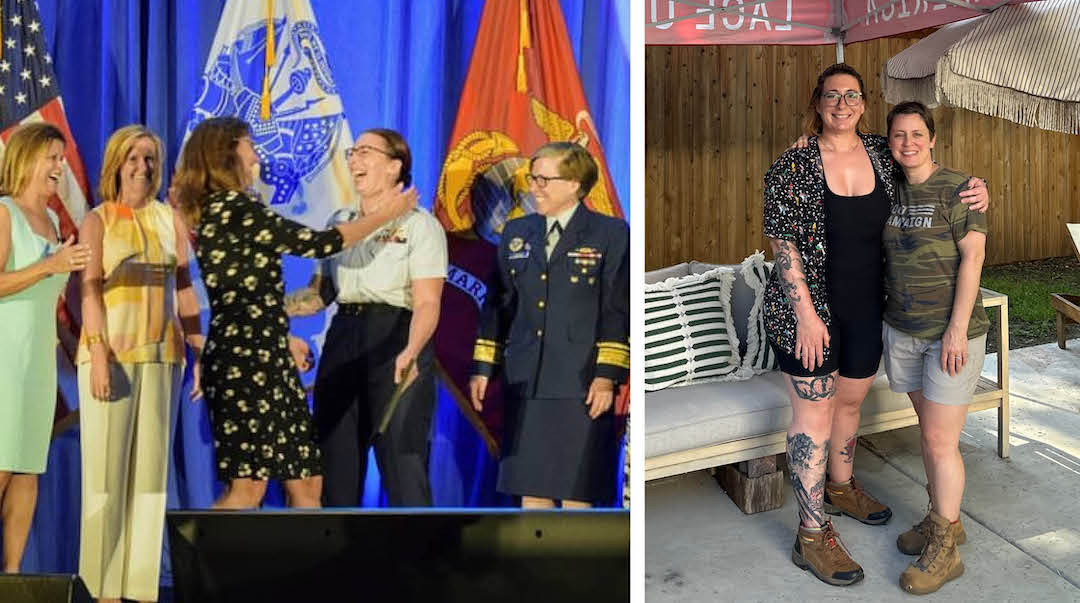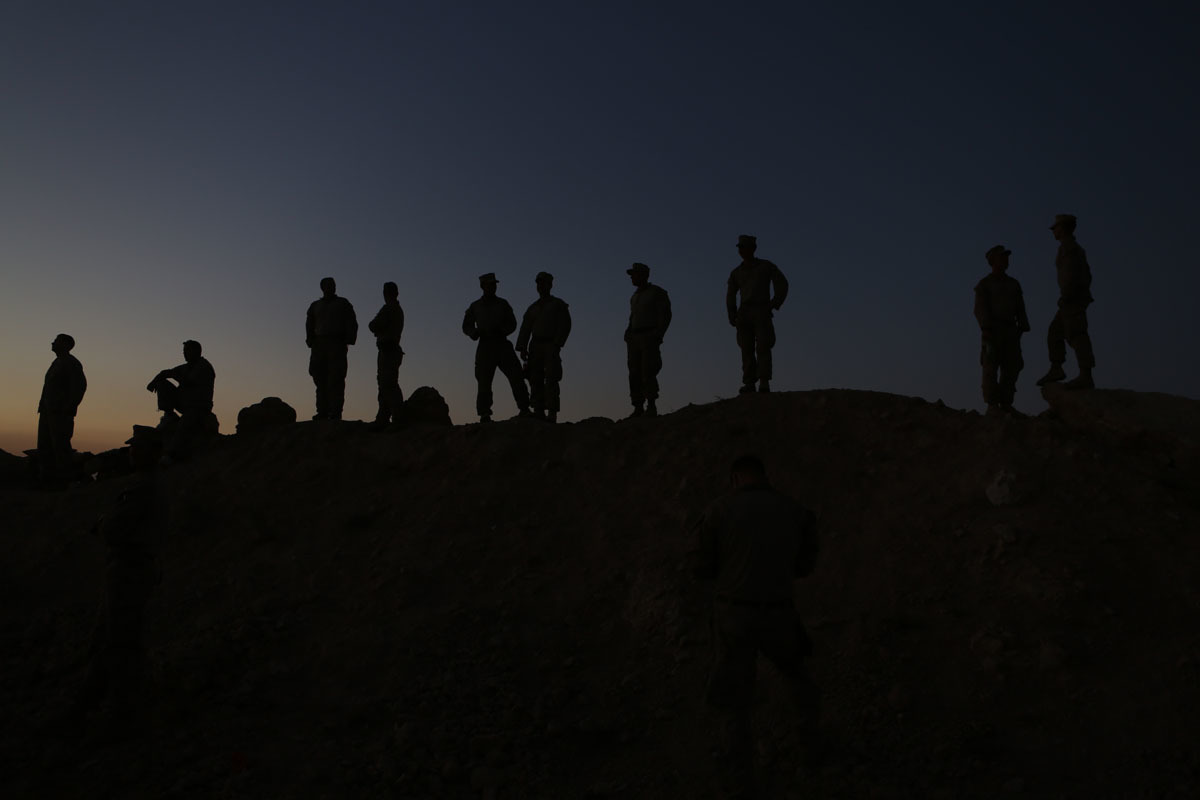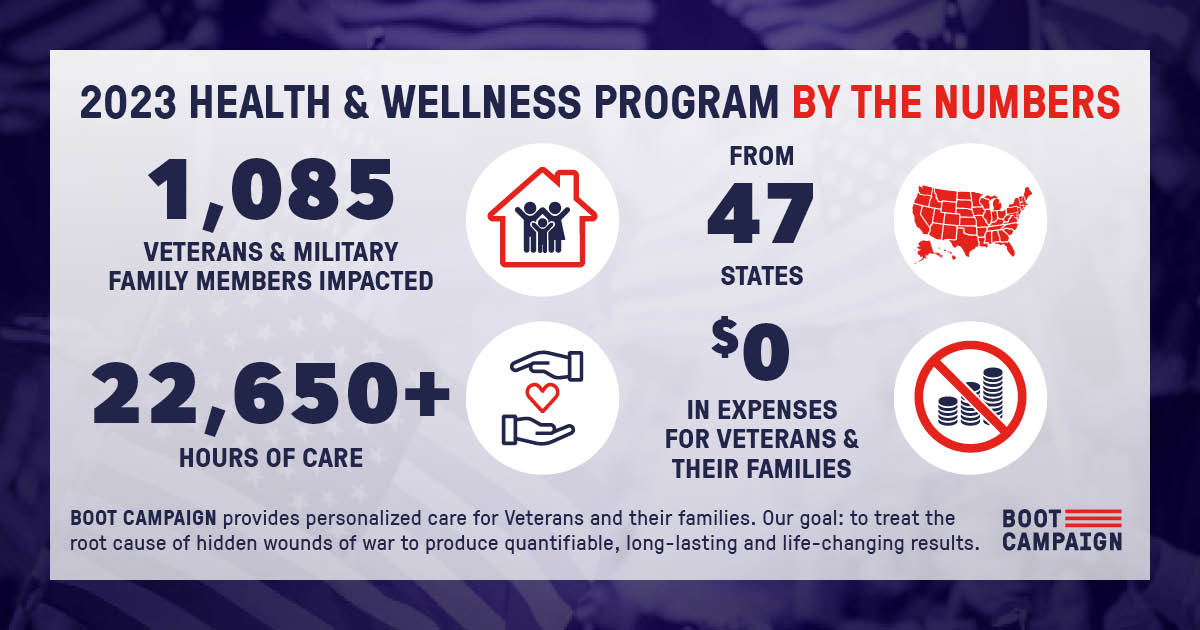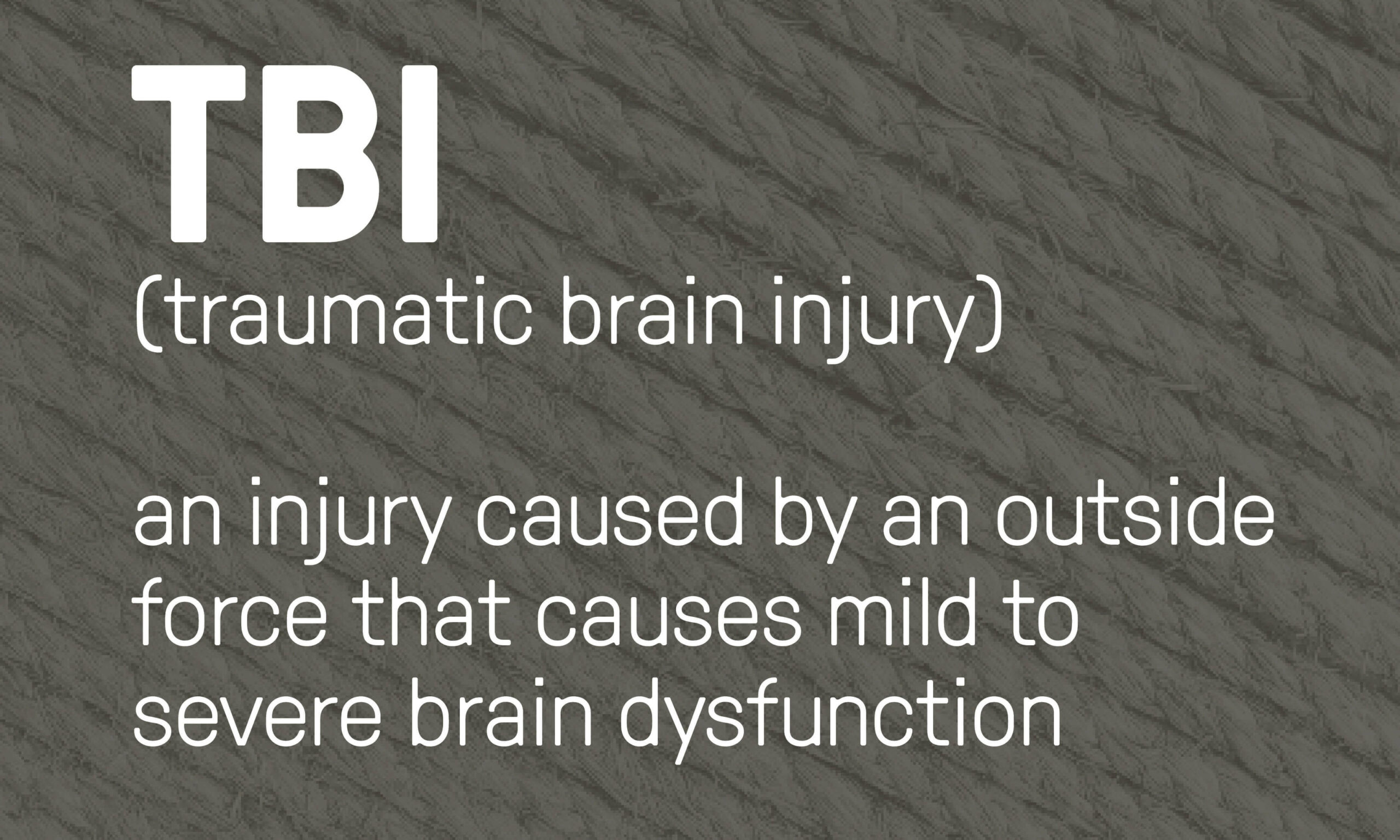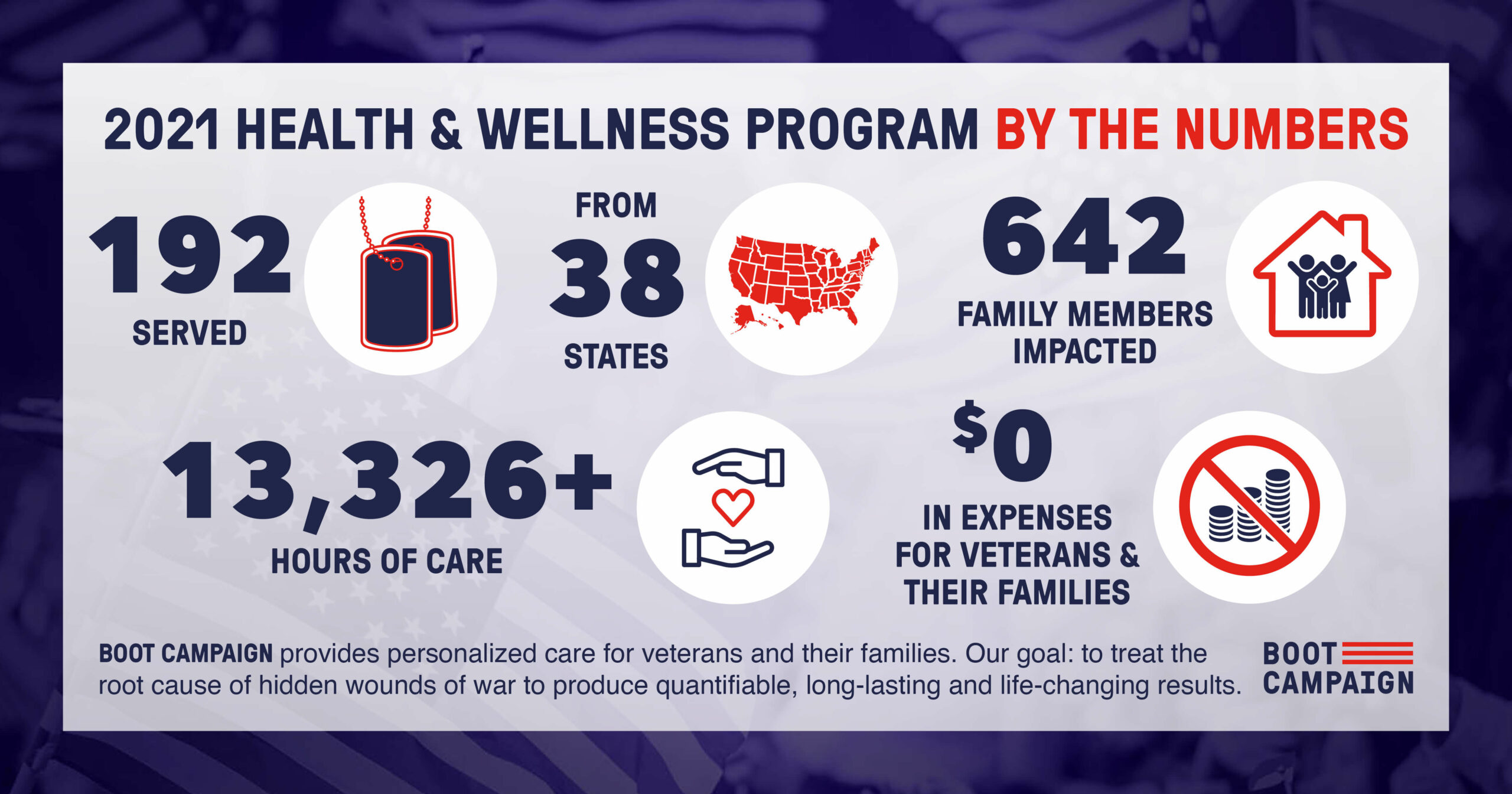Suicide of Young Veterans: A Public Health Crisis for America

This blog is in response to The Wall Street Journal article that published September 26, 2018.
Additional coverage on the topic is available on via Military Times.
The Department of Veterans Affairs released an alarming report bringing black and white attention to what many of us connected to the military community have feared for some time: The rate of suicide among young military veterans has increased substantially.
According to the report, suicide rates among veterans age 18 to 34 have been swelling steadily for more than 10 years, jumping 10% from 2015 to 2016 alone.
It’s disheartening to know that more and more young men and women who donned a uniform in defense of freedom decide that the only freedom they have from the wounds of war they endure is to put a permanent end to their life.
What’s even more troubling is that we are a nation still at war – the longest to date in modern times — and for the foreseeable future, that war will continue. That means there will be more and more Soldiers, Sailors, Airmen, Marines and Coast Guardsmen, Reservists and National Guardsmen who will return from service needing our help to fully come home. According to the U.S. Census bureau, the post-9/11 veteran population is expected to increase 46% between 2014 and 2019*.
THIS IS A COSTLY AND COMPLEX VENTURE.
Across the country there are valiant efforts to curb these troubling numbers, but more funding for scientific research, more resources for reputable treatment programs and more awareness to shatter the stigma associated with seeking care is needed.
Treatment costs are 7X higher for veterans with complex needs such as TBI and PTSD than those who suffer from physical wounds alone. Paying for treatment is only part the battle. Getting our military community to seek treatment is also a challenge. Less than 50% of military personnel and veterans with invisible wounds receive care, compared to 83% of warriors with visible wounds who do.
The new Department of Veteran Affairs report states, “To prevent veteran suicide, we must help reduce veterans’ risk for suicide before they reach a crisis point and support those who are in crisis. This requires the expansion of treatment and prevention services and a continued focus on innovative crisis intervention services.”
I couldn’t agree more.
COLLABORATION IS KEY.
When Boot Campaign launched its health and wellness program in mid-2016, the goal was to provide an individualized, comprehensive and holistic pipeline to address the top five health issues returning veterans face – traumatic brain injury (TBI), post traumatic stress disorder (PTSD), chronic pain, addiction and insomnia. To date we, in conjunction with our health and wellness partners at top-tier providers like Marcus Institute for Brain Health, UT Southwestern and Virginia High Performance, have worked with nearly 100 veterans. Generous donations from patriotic supporters have covered the 2.1 million dollar price tag. The cost per participant can be upwards of $35,000 depending on an individual’s unique diagnosis and symptoms.
We know that no one provider can address the myriad of issues. In order to produce quantifiable results, we are leveraging a network of multidisciplinary and evidence-based healthcare providers to diagnose and treat the root cause of debilitating wounds of war, not just the symptoms. Through our health and wellness program at Boot Campaign veterans are returning home to their families, to new professions and to their communities armed with the tools needed to face another day because our customized-care methodology fosters a culture of healing and lifelong habits that support physical exercise, nutrition, sleep hygiene and mental wellness.
That’s not to say that it is a fail-proof system. My first week as Boot Campaign’s CEO, a potential program participant died by suicide before seeing our medical providers. There have been other setbacks, but 100% of program participants would recommend the pipeline to another veteran; 100% of candidates who received TBI therapies reported improvement and 75% of candidates who received PTSD therapies checked the box they benefited from care.
Individualized, precision medicine, treatment and training is what will be needed to help warriors kick-start their road to recovery. And collaboration is key to creating positive resources for these issues. Suicidal ideology and its root causes are complex, multifactorial and wrought with individual variability between each veteran.
But there is hope.
HOW WE MOVE FORWARD TOGETHER.
The time is now. There is a gap in services between the Department of Defense care offered while active duty and what the VA offers once recently separated or retired. This report is shedding light on the need for society to share the burden of this public health crisis. We need your support to make more significant forward progress.
As our near-term success with our health and wellness partners demonstrates, making progress with this complex issue requires collaboration between organizations and individuals. We have much work to do, but today we can start here. Let’s promote communication, engender patriotism (respect and honor for our military community), and take time to check in on our loved ones’ well-being.
If you are a veteran struggling to overcome invisible wounds of war, there are many here willing to help. You are not alone; there are other veterans, other civilians, and other Americans struggling. Reach out. Let us serve you with the honor, dignity and courage like you served us and the United States of America.
Veterans in crisis or having thoughts of suicide — and those who know a Veteran in crisis — can call the Veterans Crisis Line for confidential support 24 hours a day, seven days a week, 365 days a year.
Call 800-273-8255 and press 1, chat online at VeteransCrisisLine.net/Chat or text to 838255.
Click here to Donate to Boot Campaign’s mission-driven programs.
*https://www.va.gov/vetdata/docs/specialreports/post_911_veterans_profile_2014.pdf
